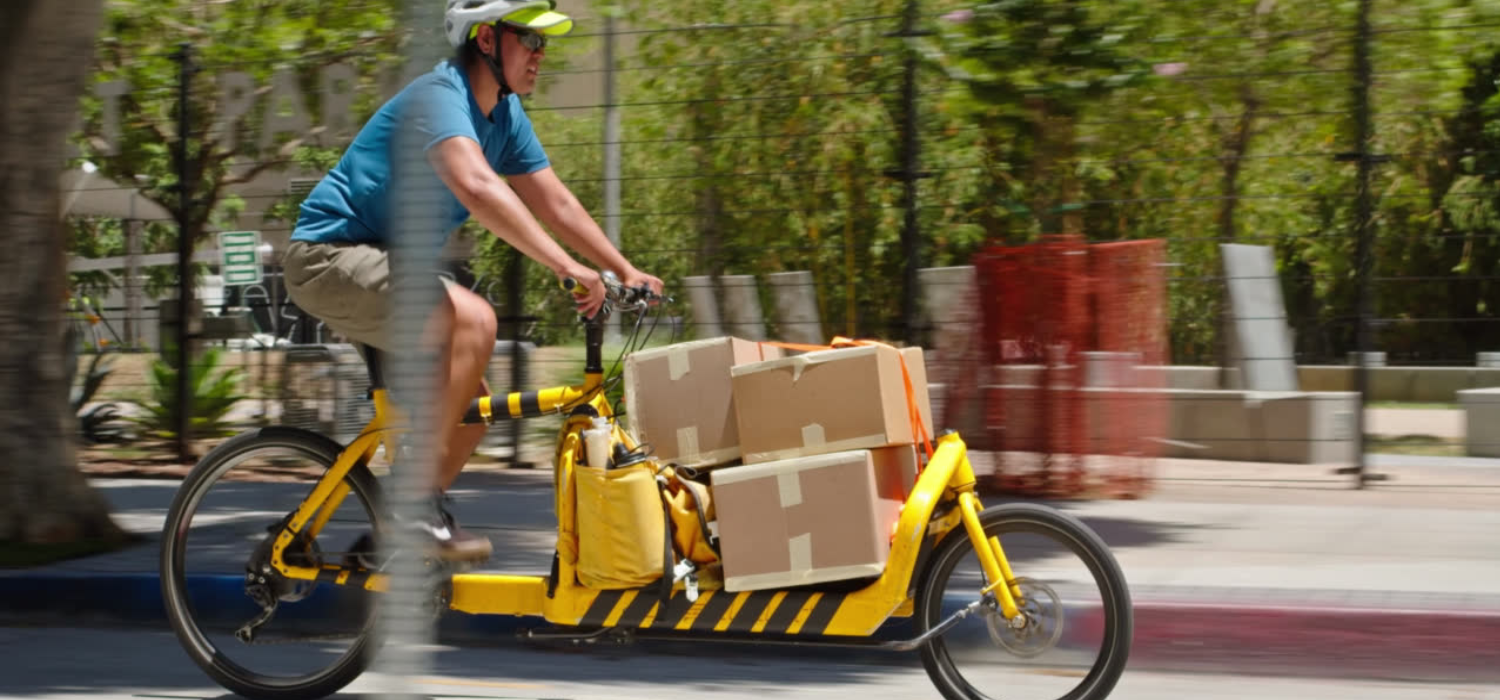With 60,322 active PUDO (Pick-Up Drop-Off) points at the end of 2024, Italy remains one of the leading European markets in terms of the absolute size of its out of home network. This figure alone places our country above Germany and immediately behind giants such as the United Kingdom and France.
Yet behind these positive figures lies a more complex reality: density per inhabitant remains well below the European average and the Italian logistics system is still far from having a truly widespread, integrated and interoperable network.
The state of the art of Out of Home deliveries in Italy is illustrated in the new report ‘Out of Home Delivery in Europe 2025‘ by Last Mile Experts, which we have already analysed in an article dedicated to the European context.
In our in-depth analysis, we explained how out-of-home collection has now become a logistics standard across the continent. In this new focus, however, we take a closer look at the Italian case to understand where we really are, what structural limitations need to be overcome and what opportunities are opening up for operators, couriers and e-commerce.
The numbers – and delays – of out-of-home delivery in Italy in 2025
As we have already mentioned, Italy will end 2024 with 60,322 active PUDO points. This is an impressive network that places our country among the top five European markets in terms of absolute size, surpassing even Germany (16,285 unique PUDOs) and approaching the volumes of the United Kingdom, France and Spain. This figure testifies to the steady growth of the out-of-home collection network in Italy, thanks above all to the expansion of agreements with newsagents, supermarkets, tobacconists and local shops.
However, while Italy is strong on the PUDO front, it lags behind in automated infrastructure. Lockers (APMs), which in many European countries are now the backbone of out-of-home delivery, are still struggling to take off in Italy. Italy does not appear at all in the ranking of the top five markets by number of APMs, while countries such as Poland (45,325 lockers), France (17,510), the United Kingdom (15,565) and Ukraine (13,098) have developed a widespread presence of self-service devices that are active 24 hours a day and fully automated.
This structural imbalance between PUDO and APM reflects an OOH model that is still very much tied to physical locations, where opening hours, location and staff availability remain limiting factors.
Where other markets have already invested in interoperable locker networks open to multiple operators, Italy is still in a phase of fragmentation between private players with proprietary networks that are poorly integrated with each other.
Density remains the crucial issue
While the absolute size of the Italian network is undoubtedly significant, the data on density per inhabitant is worrying, highlighting a clear lag in comparison with the rest of Europe.
According to Last Mile Experts’ analysis, Italy has less than 10 OOH points per 10,000 inhabitants: well below the threshold for maturity in the sector. Poland, for example, exceeds 17 points per 10,000 inhabitants, followed by the Czech Republic and Hungary, both above 13, while the European average stands between 12 and 17.
This discrepancy highlights how the Italian OOH model is still heavily skewed geographically. Most pick-up and delivery points are concentrated in large urban centres – Milan, Rome, Turin and Naples – while in smaller provinces and towns there remains a significant lack of infrastructure, a sort of logistical ‘white zone’ where alternatives to home delivery are limited or non-existent.
The result is patchy adoption, which limits the systemic impact of Out of Home delivery and reduces its potential in terms of both efficiency for operators and experience for consumers. In a scenario where the last mile accounts for up to 50% of total logistics costs, closing this gap is not only an opportunity but a competitive necessity for the country as a whole.
A market with untapped potential
Despite infrastructural and territorial limitations, interest in the Out of Home model in Italy is growing, supported by a combination of factors that are gradually increasing its adoption. Among these, the expansion of re-commerce and C2C and P2P platforms, such as Vinted, Wallapop, Subito and Zalando Pre-owned, is playing an increasingly important role. In this scenario, collection and delivery points become the ideal solution for facilitating shipments between individuals and ensuring flexibility and security.
Despite positive signs, however, the OOH model is not yet mainstream in Italy. The 2025 report by Last Mile Experts highlights how last mile logistics in our country is still oriented towards traditional delivery, i.e. home delivery, with OOH penetration lower than the European average in terms of both use and supply. A combination of factors is slowing down its spread: poor interoperability between networks, the lack of shared technological standards, and a limited logistics culture among both commercial operators and consumers.
To date, most collection points and lockers are managed by isolated operators – couriers, retail chains, supermarkets – which often do not share information with each other. The result? Network redundancy, duplicate costs and non-interoperable IT systems that hinder the spread of OOH.
Yet never before has the economic and social context seemed so ripe for change. On the one hand, increasing inefficiencies related to home delivery – such as missed deliveries – make the search for alternative models urgent. On the other hand, there is growing pressure towards more sustainable consumption and distribution models, where reducing urban transport emissions is becoming a strategic priority.
However, clear and coordinated choices are needed to transform this potential momentum into operational reality.
What is needed to really get OOH delivery off the ground in our country
For Out of Home delivery to make the definitive leap in Italy, a change of pace is needed on several fronts:
- It is not enough to increase the absolute numbers: it is essential that the network expands evenly, including small towns, rural areas and secondary provinces, where the offer is still too limited today. Newsagents, pharmacies, neighbourhood shops and smart vending machines can become valuable assets for democratising access to out-of-home collection.
- A second, perhaps even more urgent step concerns full interoperability between networks. The future of OOH in Italy cannot be based on closed, vertical infrastructures, but on open, carrier-agnostic systems that can be easily integrated via APIs. Only in this way can a seamless user experience and greater efficiency for operators and merchants be guaranteed.
- Alongside the work of private operators, institutional support is also essential. Public policies are needed to encourage the spread of OOH points in urban logistics plans, facilitate the installation of smart lockers, and promote the shared use of infrastructure through dedicated regulations and tax breaks. Some European countries are already moving in this direction, financing sustainable logistics projects in historic centres or integrating OOH points into local public services.
- Last but not least, investment is needed in logistics education, both on the business and consumer side. True adoption of OOH requires awareness campaigns to explain the potential of out-of-home collection to retailers and operators, but also initiatives aimed at consumers to make them perceive OOH as a convenient, safe, flexible and sustainable option. In other words, not a fallback option, but a smart choice.
The strategic role of technology aggregators: GEL Proximity
In a still fragmented and evolving context such as Italy, GEL Proximity is positioned as one of the key players in accelerating the spread of Out of Home delivery. With a network of over 300,000 collection points and lockers, GEL Proximity’s technology offers a concrete response to the interoperability and fragmentation limitations that still characterise the national market, seamlessly connecting couriers, e-commerce and end consumers.
An important recognition comes from Last Mile Experts, which in its 2025 report includes GEL Proximity among the leading European players for the first time (you can find us on page 119!).












